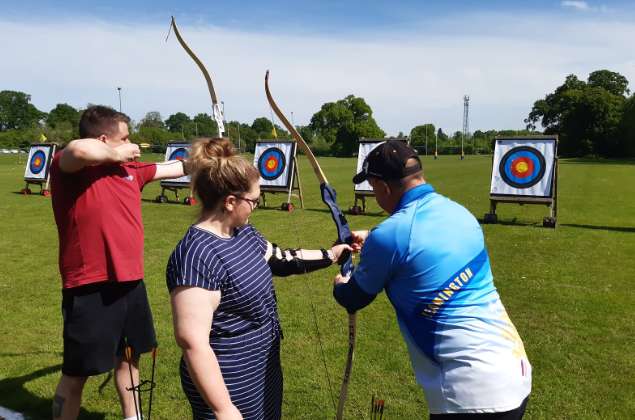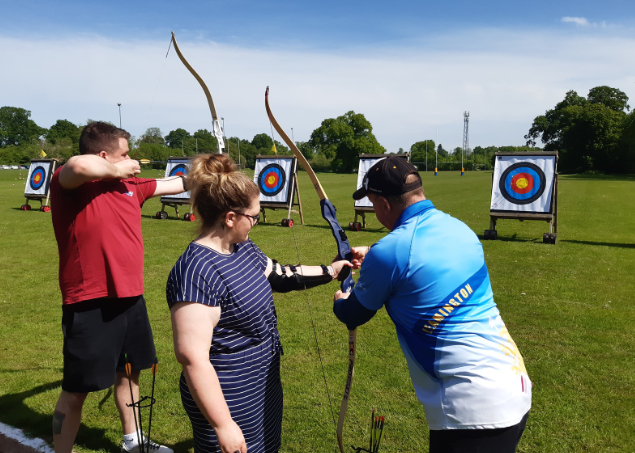

Archery is a sport that requires both physical and mental fitness. Learning to shoot correctly takes hours of practice, especially if you wish to reach a competitive standard.
It’s worth getting some feedback on your shooting stance from a professional archer, or checking online for tips and tricks. This will help you avoid developing bad habits that are difficult to unlearn later.
Getting Started
Archery is an extremely versatile sport that can be enjoyed by people of all ages and abilities. Whether you are competing at the highest level or simply enjoying a relaxing hobby, you can enjoy this great sport with little to no cost, if you seek out proper instruction.
A good place to start is to find a club or range that offers beginner equipment rentals and an introductory course for new shooters. This will help to get you started without spending a lot of money and will give you the best opportunity to improve quickly.
Many clubs have experienced coaches that are available to teach you the basics of archery. They will be able to provide tips and strategies that can make your archery experience more enjoyable and help you achieve your goals. Having clear and realistic goals is also important for your success in archery, and can help to keep you motivated on those days where it feels like you’re getting more misses than golds.
Equipment
There are a number of equipment items that you’ll need to get started in archery. The exact kit you’ll need depends on the type of archery you want to take up, as well as your personal preferences.
Armguards, or bracers, are used to protect an archer’s forearm from injury caused by string slaps. They are particularly important for beginners, but even experienced bowmen can need them in certain snap situations.
Arrows are fletched with one of three main types – feathers, plastic or curly vanes. The choice of fletchings depends on the style of archery you’re shooting.
A bow stringer is a device used to string and unstring a bow, a skill that should be learned under the guidance of an experienced archer or coach. There are a wide range of bow stringers available on the market, some being much more complicated than others. The most common bow stringer is the Bohnig Tower Jig.
Targets
A target is what you shoot at with an arrow to improve your archery skills. Targets can vary in size and shape, but all are designed to stop arrows effectively. Whether you are practicing with a 3D animal target or a standard five color, concentric-ring competition target, the right target can help you develop your archery skills.
Foam layer targets work well with most arrow types, including field point arrows. They typically last a long time, but be aware that using a broadhead can significantly reduce the life of the target.
A bag target has a woven outer shell filled with a material such as sand, hay or straw. This type of target is easy to set up, but the arrows can quickly wear holes in the surface. The simplest version of this target is made from an old burlap sack, but there are also manufactured targets that are a little more durable. They can be expensive, but these reusable targets will outlast most others.
Safety
Injuries can occur at any time, and it’s important for everyone participating in archery to take precautions and follow safety rules. These measures include using proper equipment for one’s skill level, and regular maintenance and inspection of the equipment.
It is also important to maintain a good physical condition. This includes a combination of strength training and cardio exercise. A well-conditioned body is less prone to injury, and more capable of performing at a high level in archery.
Safety on the archery range involves walking, not running. This keeps people from stepping in front of an archer or onto an arrow that’s lying on the ground. It is also important to stay behind the waiting line and only advance downrange when an official signals that all is clear. When shooting, be aware of the ‘Robin Hood’ rule: if an arrow sticks in another arrow, the higher number defers to the earlier shot. Also, never shoot at a target that is too close to another person.

Leave a Reply